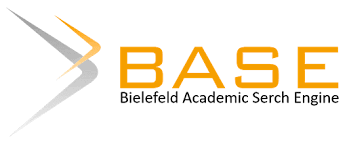SISTEM INFORMASI GEOGRAFIS PAPAN REKLAME (BILLBOARD) di KOTA DENPASAR BERBASIS WEB MENGGUNAKAN LEAFLET JAVASCRIPT
SISTEM INFORMASI GEOGRAFIS
DOI:
https://doi.org/10.5281/zenodo.5784816Keywords:
System, GIS, billboards, waterfall, LeafletAbstract
AbstractAdvertisements are objects, tools, actions or media which according to their commercial purpose, are used to introduce goods and services. The problem that is often faced by the tenants is determining the location of the point where the billboard is still empty, because the tenants have so far had to do a direct survey, considering the location of the billboard points which are very large and numerous.
The research methodology is carried out using the waterfall method, by presenting it as different process phases such as requirements analysis and definition, software design, implementation and unit testing, system integration and testing, operation and maintenance, by adding a JavaScript Leaflet or in short (LaefletJS) , Leaflet allows anyone without a GIS (geographic Information System) background to display a web map tile on a public server with ease.
With this Geographical information system, it can help the Denpasar city government to monitor billboards. Vendors and advertisers can also monitor billboards that have an active or inactive status, because the system created is supported by spatial data in the form of a map that functions to display billboard points along with billboard status information.
Downloads
Downloads
Published
Issue
Section
License
Authors who publish with the Jurnal Manajemen dan Teknologi Informasi agree to the following terms:
1. Authors retain copyright and grant the journal the right of first publication with the work simultaneously licensed under a Creative Commons Attribution License (CC BY-SA 4.0) that allows others to share the work with an acknowledgment of the work's authorship and initial publication in this journal.
2. Authors are able to enter into separate, additional contractual arrangements for the non-exclusive distribution of the journal's published version of the work (e.g., post it to an institutional repository or publish it in a book), with an acknowledgment of its initial publication in this journal.
3. Authors are permitted and encouraged to post their work online (e.g., in institutional repositories or on their website) prior to and during the submission process, as it can lead to productive exchanges, as well as earlier and greater citation of published work. (See The Effect of Open Access) .





















